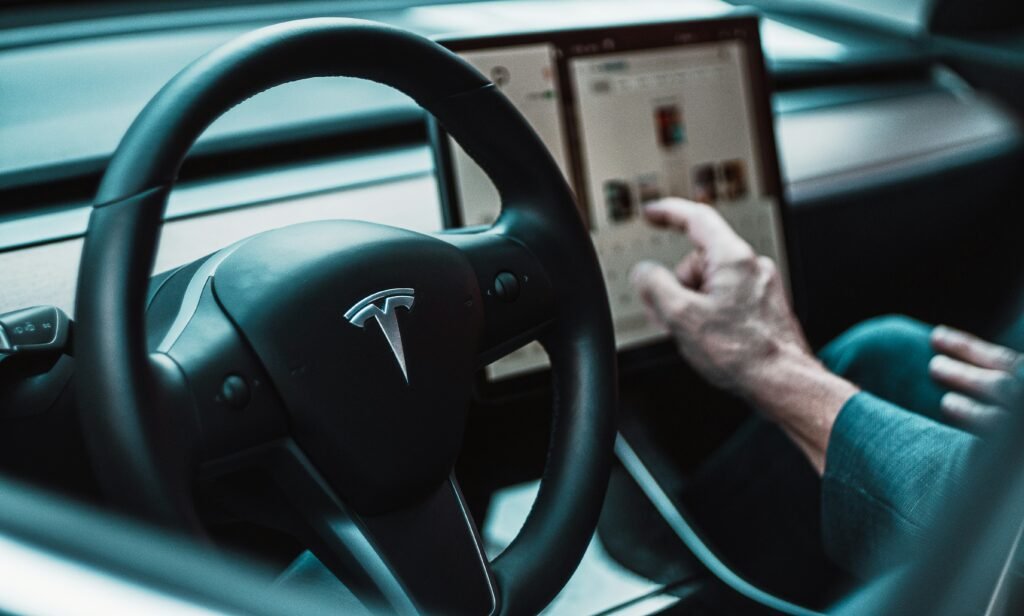Hydrogen cars are electric vehicles that generate their own electricity through a chemical reaction between hydrogen and oxygen. They are gaining ground as a sustainable alternative to battery electric vehicles, although their adoption is still limited by charging infrastructure and cost. Here is a review of the most prominent models currently available:
Toyota Mirai (second generation)
- Availability: USA (California), Europe (Germany, UK, Denmark), Japan.
- Range: ~650 km (WLTP) or ~400 miles (EPA).
- Power: ~135 kW / 182 hp; torque 300 Nm.
- Refueling time: ~5 minutes.
- Estimated price: approx. US$52,000 in the USA, ~€60,000 in Europe, £64,695 in the UK.
2. Hyundai Nexo (first and second generation)
- Availability: USA (California), Canada, Europe, South Korea.
- Autonomy: between 610 and 700 km depending on generation and homologation cycle.
- Power: ~120 kW (~163 hp), torque ~395 Nm.
- Refueling: ~5 minutes.
- Estimated price: ~80,000 € / £65,000 (~60,000 USD) depending on market.
3. Honda CR-V e:FCEV (2025)
- Initial market: USA (California) and Japan.
- Range: ~435 km (~435 miles) in hydrogen mode, plus ~47 km (~47 miles) in pure EV mode (29 miles)
- Power: ~174 hp and 229 lb-ft (~310 Nm)
- Refueling: ~3 to 5 minutes of hydrogen.
- Estimated price: from ~50,000 USD with leasing including ~15,000 USD in free fuel.
4. NamX HUV (available from the end of 2025)
- Origin: French-Moroccan startup designed by Pininfarina.
- Autonomy: ~800 km with interchangeable hydrogen capsule system.
- Power: between 220 kW (300 hp) and 404 kW (550 hp) depending on version.
- Estimated price: between 68 000 € and 120 000 € .
Key feature:
Modular, interchangeable tank system to supplement the scarce hydrogen refueling infrastructure.
5. Hyperion XP-1 (high performance concept/sports car)
- Manufacturer: Hyperion Motors (USA)
- Estimated range: up to 1 640 km (1 016 miles), with ultracapacitors for instantaneous power.
- Performance: ~2.2 s 0-100 km/h, top speed ~355 km/h (221 mph)
- Status: prototype; very limited production planned.
🔬 Other notable projects (under development).
- BMW iX5 Hydrogen (value-engineered SUV with up to 401 hp and ~500 km range). In pilot phase, possible series production by 2028.
- Hyundai N Vision 74 (emotional H₂-battery hybrid sports prototype with ~800 hp; possible limited production H1 2026).
- There are also prototypes such as Toyota Corolla Cross H₂ and commercial developments such as interchangeable charging stations, although they are not yet for mass sale.
Advantages of hydrogen cars:
- Zero emissions: Hydrogen cars emit no polluting gases, only water vapor.
- Autonomy: They offer a similar autonomy to internal combustion cars, with the advantage of fast refueling, similar to gasoline.
- Silent: They are silent, since the electric motor does not produce combustion noise.
- Performance: They provide a smooth and efficient ride thanks to the constant power delivery of the electric motor.
Disadvantages of hydrogen cars:
- Limited infrastructure: The availability of hydrogen refueling stations is limited compared to gasoline or electric charging infrastructure.
- Cost: Hydrogen cars are generally more expensive than electric or internal combustion vehicles.
- Hydrogen production: Hydrogen production, especially when using renewable energy, can be expensive and requires specialized infrastructure.
🧭 Overview: challenges and developments in the sector.
- Hydrogen refueling infrastructure remains scarce outside of hotspots such as California, Japan and parts of Europe.
- The cost of production and acquisition is high, although manufacturers such as Toyota, Honda and Hyundai are investing efforts to reduce costs.
- Recently, Stellantis (Peugeot, Fiat, Vauxhall…) has cancelled its hydrogen vehicle program, focusing its strategy on hybrids and electrics, considering them more profitable and with better adoption in the medium term.
- Despite this, Toyota and Hyundai are relying on hydrogen technology as a key component for heavy, industrial and long-distance transport.
📝 Conclusion.
Although few FCEV models are currently available worldwide, the offer in 2025 includes real projects on the market (Toyota Mirai, Hyundai Nexo, Honda CR-V e:FCEV) and cutting-edge proposals such as NamX HUV or Hyperion XP-1. The future of hydrogen remains promising, especially if the refueling network can be expanded and manufacturing costs reduced.



